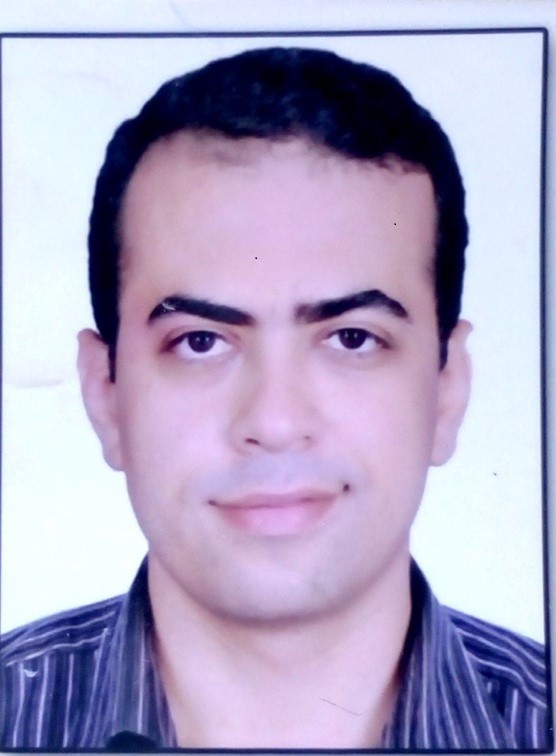Background: Diabetes mellitus (DM) is a chronic metabolic disease with high morbidity and mortality (1). Over than 7.8 million in Egypt suffer from DM in 2015 (2). Most of DM morbidity and Mortality is related to micro and macro vascular complications. However, it is also associated with musculoskeletal (MSK) disorders of the hand that can be very debilitating and significantly compromise their quality of life (3). Few researchers have addressed MSK disorders in diabetic patients especially with musculoskeletal ultrasound (MSUS)(4). Methods: This study included 60 patients with type 2 diabetic and 30 controls of similar age and sex distribution. Both groups were adults aged more than 18 years. Visual analogue scale (VAS) for both hands was appraised (5). Careful general, musculoskeletal examination for patients was done detect the number of tender and swollen joints, carpal tunnel syndrome (CTS) (6), Trigger finger, Dupuytren’s contracture and diabetic cheirarthropathy (4, 7, 8). Besides, Sensory and motor neurological examination were done for both hands (9). US muscloskeletal evaluation was done to evaluate synovitis, tenosynovitis paratenonitis, erosions, trigger finger by B mode and PD. CSA and depth of the median nerve were assessed (10). Osteophyte was also scored and diagnosed by US (11). Dupuytren’s contracture Diabetic Cheiroarthropathy were also estimated (8, 12). Synovitis score for each patient was calculated by simple summation of the MSUS scores for each individual joint, taking a score from 0-3 on gray zone. As each patient had 15 joint in each hand, and every joint was examined in palmar and dorsal views, this means that the synovitis score would take a value from 0-180. Results: The mean age of DM group was 49.6±8.7 years, compared to 48.0±5.3 years among controls. 50 patients were females (83.3%) compared to 24 of the controls (80%). The duration of DM among patients ranged from 1-15 years, with a mean of 7.1±3.7 years. The most common MSK finding was osteoarthritis, diagnosed either clinically or with MSUS, as it was seen in 47 DM cases (78.3%), compared to only 9 controls (30%). CTS; diagnosed either clinically and/or by MSUS was so common among DM cases (26 cases; 42.4%, 11 bilateral) compared to controls (6 cases; 20%, 3 bilateral). Synovitis was the third most important MSK finding among DM patients, with a synovitis score of 60.97±11.67 among DM cases and 36.80±7.70 among controls. Pain, measured by VAS score, was significantly higher among DM cases (4.9±0.9) compared to controls (2.3±1.3). Using binary regression analysis model for pain, taking VAS 4 as a cut off to indicate significant pain, we found that the main cause of pain was CTS, followed by osteoarthritis and then synovitis. Tenosynovitis tended to be more prevalent among patients with short disease duration, followed by synovitis and CTS; while tendinopathy, diabetic cheirarthropathy and trigger fingers tended to occur with long standing DM. Osteoarthritis was most prevalent among the oldest patients with both long standing and late onset disease. The longer duration of DM was associated with higher prevalence of all MSK manifestations, and this association was more prevalent than the association between the MSK manifestations and the disease control. Conclusion: Osteoarthritis, CTS, synovitis are the main MSK disorders of type 2 DM. Tendinopathy, diabetic cheirarthropathy and trigger finger appear in longstanding uncontrolled disease. Disease duration has a stronger impact than disease control on MSK disorders. The main cause of pain was found to be CTS.

